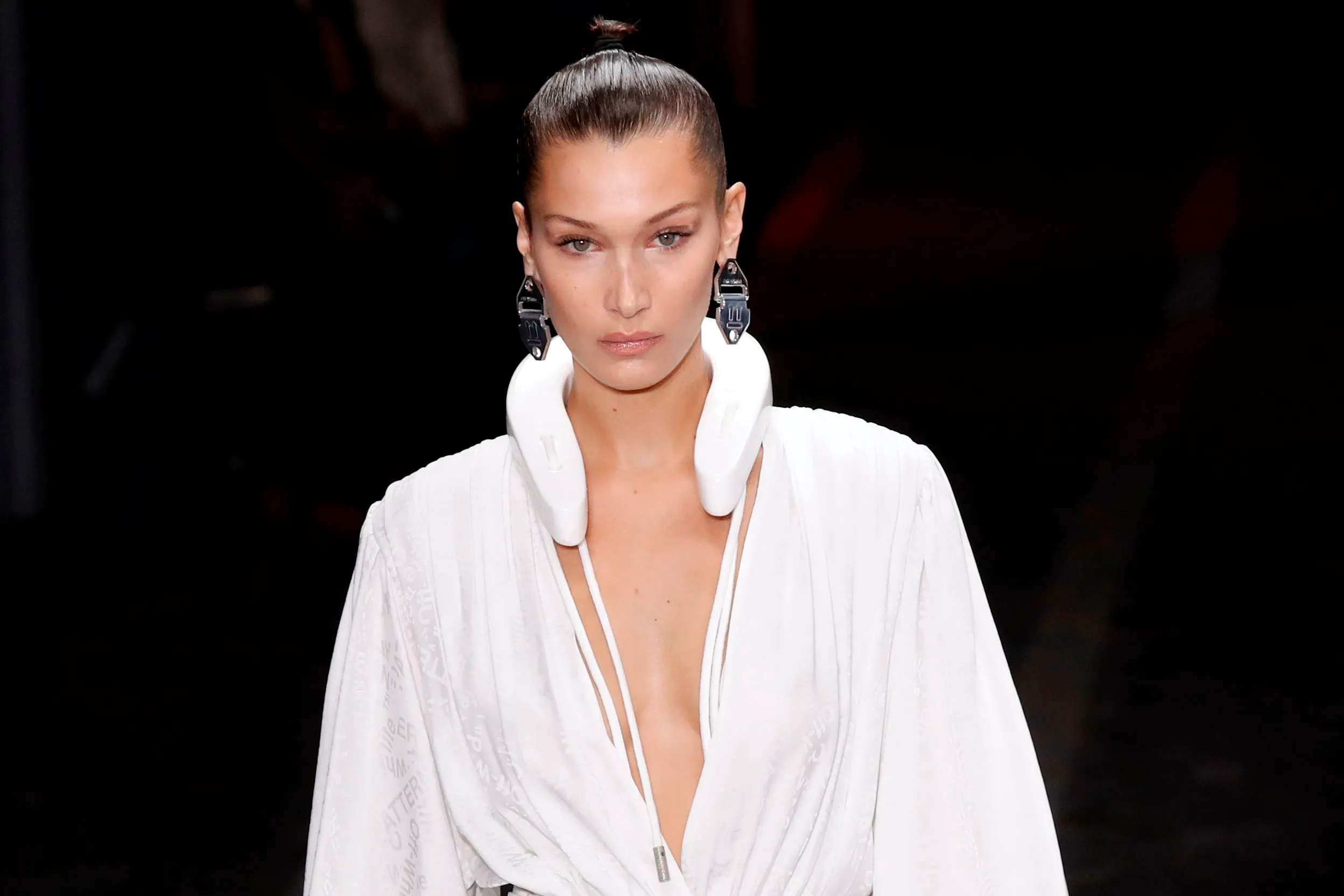The use of Photoshop in advertising has been a topic of debate for many years. While some argue that it is necessary to create the perfect image, others believe that it is unethical to manipulate images to such an extent. In this essay, we will explore the ethics of photoshopping models in advertising.
On one hand, photoshopping models can be seen as a way to create the perfect image. Advertisers argue that they need to present their products in the best possible light, and that means using images that are flawless and attractive. By using Photoshop, they can remove blemishes, smooth out skin, and even change the shape of a model’s body to fit their ideal image.
For more details click here- Model
However, this argument is flawed. By manipulating images to such an extent, advertisers are presenting an unrealistic and unattainable standard of beauty. This can have a negative impact on people’s self-esteem and body image, particularly young people who are more susceptible to these messages. It can also perpetuate harmful stereotypes about what it means to be beautiful or desirable.
Furthermore, photoshopping models can be seen as a form of deception. By presenting an image that is not reflective of reality, advertisers are misleading consumers about what their products can actually do. This can lead to disappointment and frustration when consumers realize that they cannot achieve the same results as the models in the advertisements.
In addition, photoshopping models can also be seen as a violation of their rights. Models have the right to control how their image is used and presented. By manipulating their images without their consent, advertisers are taking away their agency and autonomy.
In recent years, there has been a growing concern about the ethics of photoshopping models in advertising. While some argue that it is a harmless practice that simply enhances the beauty of the models, others believe that it perpetuates unrealistic beauty standards and can have negative effects on people’s self-esteem and body image.
On one hand, photoshopping can be seen as a way to create an idealized version of beauty that is unattainable in real life. By smoothing out wrinkles, removing blemishes, and slimming down bodies, advertisers are able to present a flawless image that is meant to sell products. Some argue that this is simply a part of the advertising industry and that consumers are aware of the fact that these images are not real.
On the other hand, there are those who believe that photoshopping creates an unrealistic standard of beauty that can be damaging to people’s self-esteem. When people see images of models with perfect skin and bodies, they may feel inadequate or ashamed of their own appearance. This can lead to negative body image and even eating disorders in some cases.
Furthermore, photoshopping can also perpetuate harmful stereotypes about race and gender. For example, some advertisers have been criticized for lightening the skin of models of color or making them appear more Westernized. This reinforces the idea that lighter skin and Western features are more desirable than darker skin or non-Western features.
In conclusion, while there are arguments for both sides of the debate, it is important to consider the potential negative effects of photoshopping on people’s self-esteem and body image. Advertisers should strive to present more realistic images of beauty that reflect the diversity of real people. Ultimately, it is up to consumers to demand change by supporting brands that promote body positivity and inclusivity in their advertising campaigns.
Learn here more https://www.bestmtbreviews.com



